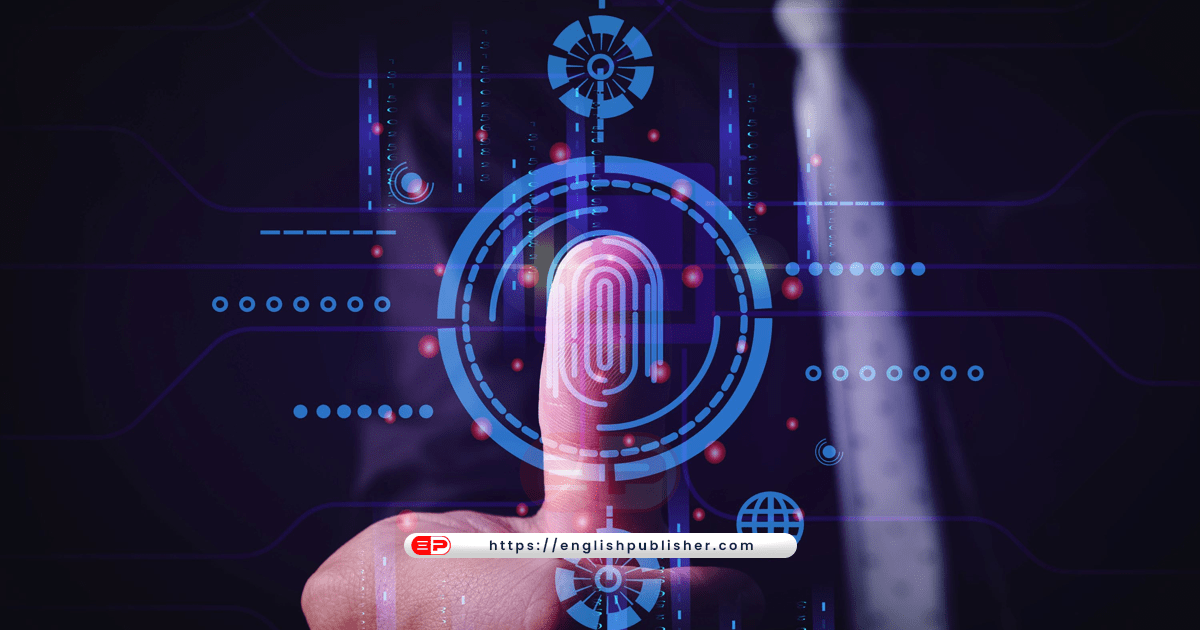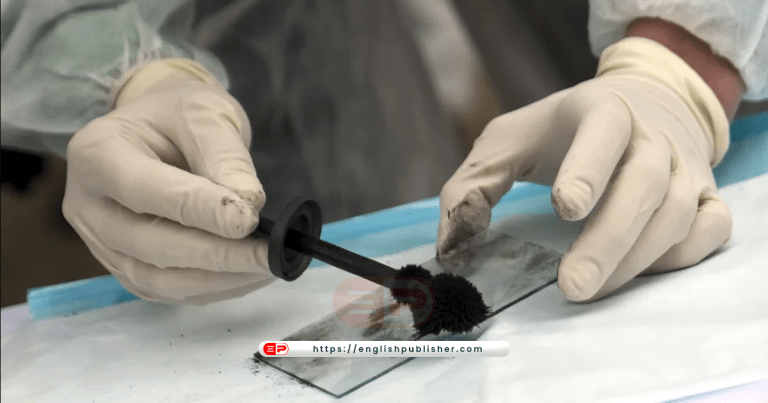For years, we have been believing that each fingerprint on a person’s hand is completely unique and on this basis, people around the world are authenticated on ID cards and other documents, but now a study from Columbia University has challenged him.
A team at an American university trained an artificial intelligence tool to examine 60,000 fingerprints to determine which fingerprints belonged to the same person.
The researchers claim that the technology can identify with 75 to 90 percent accuracy whether different fingerprints belong to the same person. But they can’t say for sure how it works.
“We don’t know for sure how artificial intelligence does it,” admits Hod Lipson, a robotics professor at Columbia University.
Forensic
The researchers believe that the artificial intelligence tool was analyzing fingerprints in a different way than traditional methods.
It was focusing on the direction of the lines in the middle of the finger rather than the way in which the individual lines terminate, known as manutia.
“So clearly it’s not using the traditional markers that forensics have been using for decades,” says Professor Lipson. He seems to be using something like the angle of rotation at the center and the angle of the circle.’
Professor Lipson said both he and undergraduate student Gabe Guo were surprised by the results.
We were very suspicious. We had to check and double check.
This may not be news to others in the field.
Graham Williams, professor of forensic science at Hull University, says: “We don’t know that fingerprints are unique. All we can say is that as far as we know, no two people’s fingerprints have come from the same one.
The crime scene
Columbia University’s research findings have the potential to impact both biometrics and forensic science.
For example, if an unknown fingerprint is found at crime scene A, and an unknown fingerprint is found at crime scene B, the two cannot currently be linked forensically to the same person. , but an AI tool may be able to identify it.
The Columbia University team, none of whom has a forensic background, acknowledged that the matter warrants further research.
Artificial intelligence tools are typically trained on large amounts of data and many more fingerprints will be needed to further develop the technology.
Additionally, all fingerprints used to develop the model were full prints and of good quality, whereas partial or damaged prints are often more likely to be found in the real world.
“Our device is not good enough for deciding evidence in court cases, but it is good for generating clues in forensic investigations,” Gu claimed. ‘
However, Dr Sarah Fieldhouse, associate professor of forensic science at Staffordshire University, says she does not think the research will have a significant impact on criminal cases at this stage.
He said there were questions about whether the markers the artificial intelligence tool was paying attention to remained the same, depending on how the skin turned after coming into contact with the print surface. and whether they remained the same throughout life as traditional markers.
But that can be difficult to answer because researchers are uncertain about what the artificial intelligence is doing, as is the case with many AI-powered tools.
The Columbia University research has been peer-reviewed and will be published Friday in the journal Science Advances.
But a pair of twins in Cheshire may be at the forefront. Their grandmother Carol told the BBC that her two grandchildren can unlock each other’s iPhones with their fingers.
‘They showed me on Christmas day, we were told they were the same when they were born but I can tell the difference between them as they have grown up.’
He claimed that even his grandchildren could bypass the handset’s facial recognition feature.
Fingerprints are formed before birth. Research published last year suggests that the genetic process behind them may be similar to how animals like zebras and cheetahs get their markings: a theory first proposed by codebreaker Alan Turing in the 1950s.

